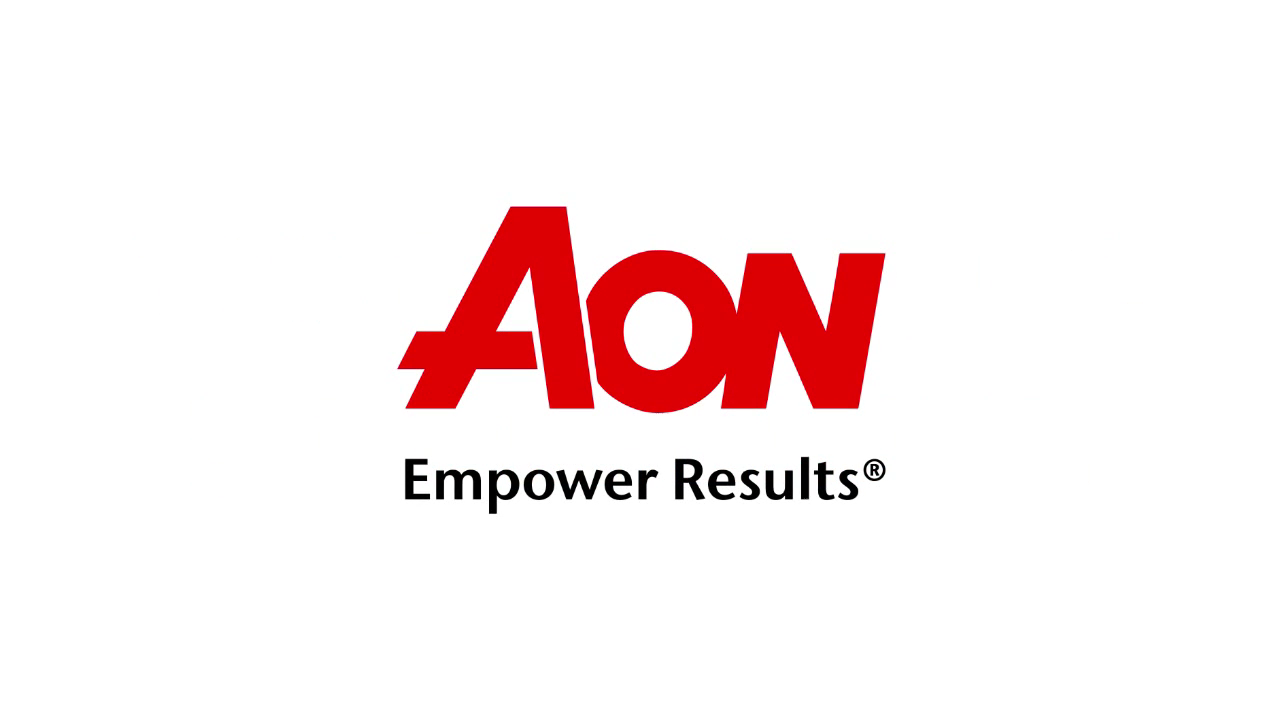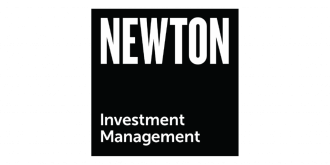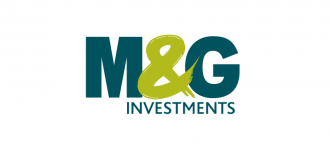Adrian Mitchell, Chief Investment Officer, Delegated Consulting Services, Aon
The challenges facing UK pension schemes have increased significantly over the past 40 years. Interest rates have fallen sharply during this period, increasing funding costs and lowering the expected future returns on assets. Schemes are far more mature and the strength of the covenant varies widely by sponsor. Investment options available to trustees have proliferated as investment managers make ever more complicated asset classes available to pension scheme investors. All of this puts pressure on the governance of pension schemes.
Pension schemes have long used a multi-asset approach to investing. In the 1980s the prevailing model was the balanced fund. A single manager was employed to manage all of the scheme’s assets – usually invested in equities, bonds and property. Investment performance was generally compared to the median performance of similar pension schemes, leading to industry consensus asset allocation policies.
This ‘one-size-fits-all’ approach failed to acknowledge that each pension scheme is unique. Trustees moved towards strategies which, if only crudely, better reflected the maturity of their schemes. They also hired specialist investment managers, recognising that few, if any, balanced managers were ‘best in class’ at managing all types of asset. Although more demanding of trustee time, this approach was manageable at first as portfolios continued to be largely comprised of equities and bonds. However, over time, more complex asset classes started to appear in institutional portfolios, notably private equity and hedge funds.
In the early 2000s there was a significant fall in equity markets, putting funding ratios under pressure and leading to the closure of many defined benefit (DB) schemes. This accelerated their maturity and led to an increased focus on liability-driven investing (LDI). The most sophisticated approaches to LDI used leveraged gilts or swaps to hedge out the risks of interest rates and inflation. In this framework, the role of the growth portfolio was to finance the funding leg of the LDI portfolio and generate an additional return to close the scheme’s deficit over time. The benchmark for the growth portfolio was therefore usually set in terms of a LIBOR-plus target.
Relatively few schemes had the governance framework to deal with sophisticated approaches to LDI together with a highly diversified growth portfolio managed by specialist fund managers. Smaller pension schemes also had difficulty in accessing the full range of growth assets.
Diversified growth funds (DGFs) were developed in the mid-2000s to deal with these issues. In many ways these were similar to the old balanced funds but with a wider range of underlying asset classes and often with a more active approach to asset allocation. Performance was usually measured relative to a cash-plus benchmark.
Pension schemes with greater LDI matching performed relatively well in the 2008/9 recession as growth assets fell sharply and interest rates were cut dramatically. This encouraged the use of LDI and fuelled a boom in DGFs. However, DGFs suffer from the same issue as balanced funds: few, if any, managers are best in class in all of the underlying investments which comprise the DGF.
Some outsource parts of the portfolio to specialists but most DGFs are either fully or significantly invested by a single asset manager. Much of the performance from DGFs has been driven by market beta, with added value from active management somewhat limited, despite active management level fees. DGFs usually offer daily liquidity and this compromises their ability to hold illiquid assets and significantly reduces their diversification benefits.
The most recent evolution of multi-asset investing is fiduciary management. Trustees set the investment objective (usually to outperform scheme liabilities by some margin) and delegate asset allocation and implementation to a fiduciary manager (sometimes with constraints). This approach retains the low governance advantages of DGFs, but the fiduciary manager can build a fully-diversified growth portfolio while managing liquidity to keep the LDI portfolio in place and to pay pensions, transfer values, etc.
Most fiduciary managers sub-delegate all of the assets to specialist asset managers and may offer passive or active portfolio management (or a combination). Fiduciary management is therefore a highly capital-efficient approach, tailored specifically to a scheme’s unique circumstances and can be managed dynamically over time to reduce risk as the scheme’s funding ratio improves.
Fiduciary management may not suit every pension scheme. Very large schemes may have the expertise and governance to manage their assets themselves. Fiduciary management may not be cost effective for small pension schemes and a DGF approach may still be their best approach. However, they should ensure that they understand the return drivers for the DGF they select, that they are not overpaying for market returns and that it offers an open architecture approach to allow the use of specialist managers.



